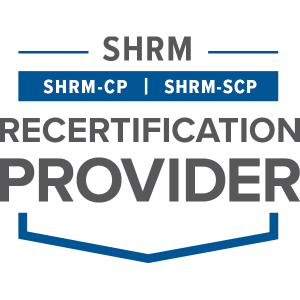As many of you may have heard by now, on April 23, 2024, almost exactly one year after it set forth its Proposed Rule regarding Non-Compete Clauses, the Federal Trade Commission (FTC) issued a pre-publication version of its final Non-Compete Clause Rule (the “Final Rule”). Barring judicial interference, the Final Rule will likely go into effect in August (120 days after it is published in the Federal Register).
As expected, the Final Rule bans nearly all non-compete agreements between employers and workers – including employees, independent contractors, and even unpaid workers. Indeed, under the Final rule, an employer generally will be prohibited from entering or attempting to enter into a non-compete with a worker, maintaining a noncompete with a worker, or representing to a worker that the worker is subject to a noncompete. The Final Rule will also require employers to cease enforcement of existing non-competes (aside from agreements with senior executives, as we will explain below) and actively inform workers that existing non-compete clauses will no longer be enforced. The FTC will provide model language to help employers comply with the notification requirements.
workers – including employees, independent contractors, and even unpaid workers. Indeed, under the Final rule, an employer generally will be prohibited from entering or attempting to enter into a non-compete with a worker, maintaining a noncompete with a worker, or representing to a worker that the worker is subject to a noncompete. The Final Rule will also require employers to cease enforcement of existing non-competes (aside from agreements with senior executives, as we will explain below) and actively inform workers that existing non-compete clauses will no longer be enforced. The FTC will provide model language to help employers comply with the notification requirements.
Last year, during the Proposed Rule’s review process, our Labor and Employment team submitted comments on behalf of a coalition of businesses requesting certain revisions to the Proposed Rule. We realized that the Proposed Rule was going to be passed in some way, shape, or form. Thus, we submitted extremely focused comments, in which we advocated for only three substantive revisions to the Proposed Rule: (i) that the sale of business exemption should not be limited to those with a 25% ownership but rather should apply to all business owners; (ii) that the Proposed Rule should not apply retroactively; and (iii) that the Proposed Rule should exclude executives, highly paid employees, highly skilled employees, and those with access to a company’s confidential information. Although we will never know for sure how much weight the FTC gave to our comments, there is no disputing that a significant portion of these desired outcomes were achieved. Continue reading







 We thought it would be a good break from all the COVID-19-related coverage to delve into a retaliation case under the Fair Labor Standards Act (“FLSA”) through the lens of an interesting recent complaint filed by the Department of Labor (“DOL”) involving…a huge pile of pennies. A review of the case addresses both the types of actions that would be considered retaliatory under the law, as well as the significance of proximity when analyzing the viability of a case of retaliation. The facts as alleged by the DOL also act as a warning against the role internet postings can play in supporting a legal action.
We thought it would be a good break from all the COVID-19-related coverage to delve into a retaliation case under the Fair Labor Standards Act (“FLSA”) through the lens of an interesting recent complaint filed by the Department of Labor (“DOL”) involving…a huge pile of pennies. A review of the case addresses both the types of actions that would be considered retaliatory under the law, as well as the significance of proximity when analyzing the viability of a case of retaliation. The facts as alleged by the DOL also act as a warning against the role internet postings can play in supporting a legal action.
